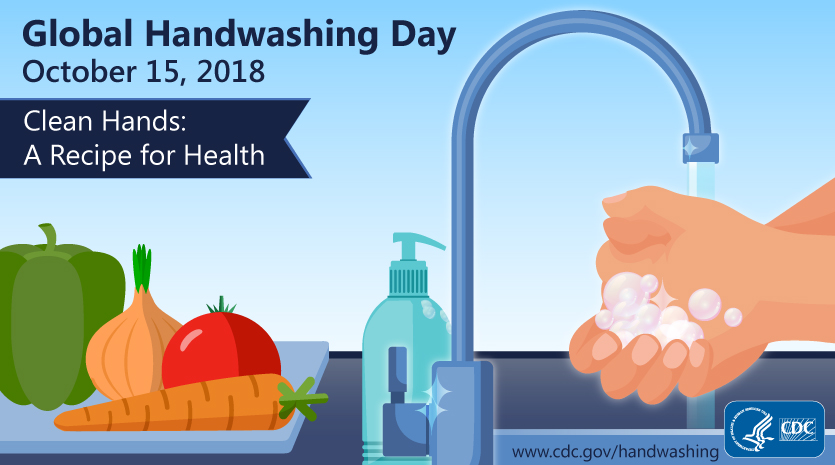The exact timing and duration of flu seasons can vary, but influenza activity often begins to increase in October
Washing your hands correctly (or using an alcohol-based hand rub) is the most effective thing you can do to protect yourself against a number of infectious diseases, such as influenza (the “flu”) and the common cold. Not only will it help keep you healthy, it will help prevent the spread of infectious diseases to others.
Washing your hands not only prevents you from getting sick, but it also reduces the risk of infecting others. If you don’t wash your hands properly before coming into contact with others, you can infect them with the germs on your hands. Other people can also get sick from the germs unwashed hands leave on shared objects like doorknobs, keyboards, and other equipment in the home or workplace.
When should you wash your hands?
- Before, during, and after preparing food
- Before eating food
- Before and after caring for someone who is sick
- Before and after treating a cut or wound
- After using the toilet
- After changing diapers or cleaning up a child who has used the toilet
- After blowing your nose, coughing, or sneezing
- After touching an animal, animal feed, or animal waste
- After handling pet food or pet treats
- After touching garbage
How should you wash your hands?
- Wet your hands with clean, running water (warm or cold), turn off the tap, and apply soap.
- Lather your hands by rubbing them together with the soap. Be sure to lather the backs of your hands, between your fingers, and under your nails.
- Scrub your hands for at least 20 seconds. Need a timer? Hum the “Happy Birthday” song from beginning to end twice.
- Rinse your hands well under clean, running water.
- Dry your hands using a clean towel or air dry them.
What should you do if you don’t have soap and clean, running water?
Washing hands with soap and water is the best way to reduce the number of germs on them in most situations. If soap and water are not available, use an alcohol-based hand sanitizer that contains at least 60% alcohol. Alcohol-based hand sanitizers can quickly reduce the number of germs on hands in some situations, but sanitizers do not eliminate all types of germs and might not remove harmful chemicals.
Hand sanitizers are not as effective when hands are visibly dirty or greasy.
How do you use hand sanitizers?
- Apply the product to the palm of one hand (read the label to learn the correct amount).
- Rub your hands together.
- Rub the product over all surfaces of your hands and fingers until your hands are dry.
Resources: CDC
